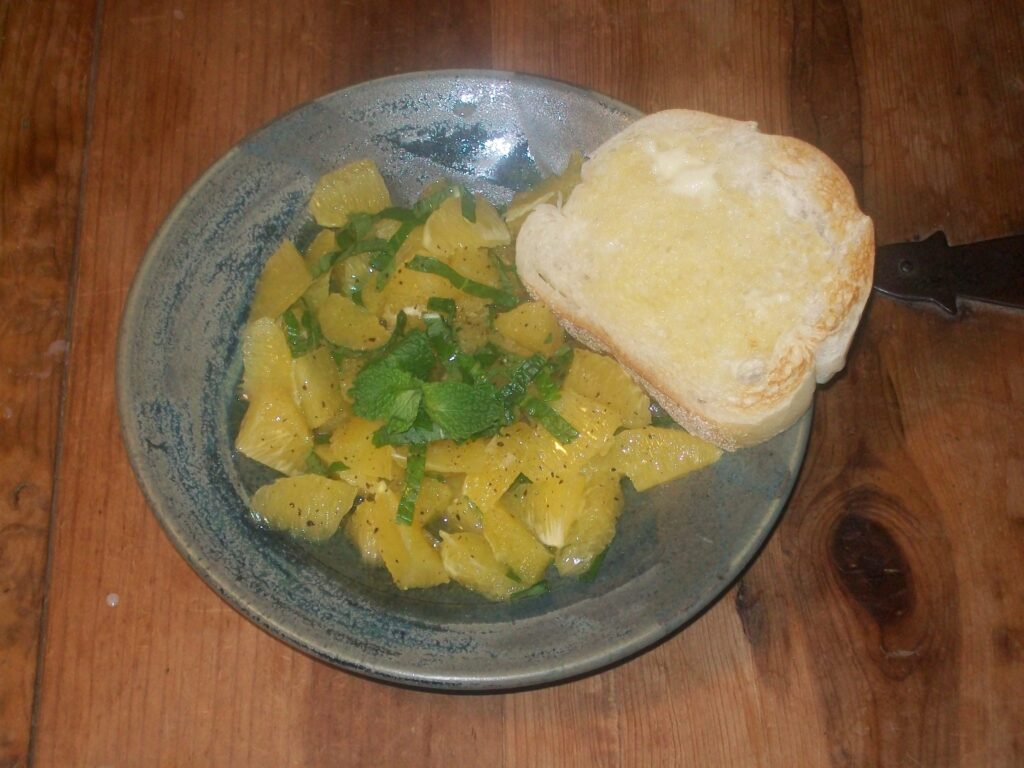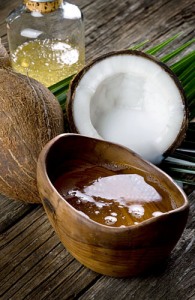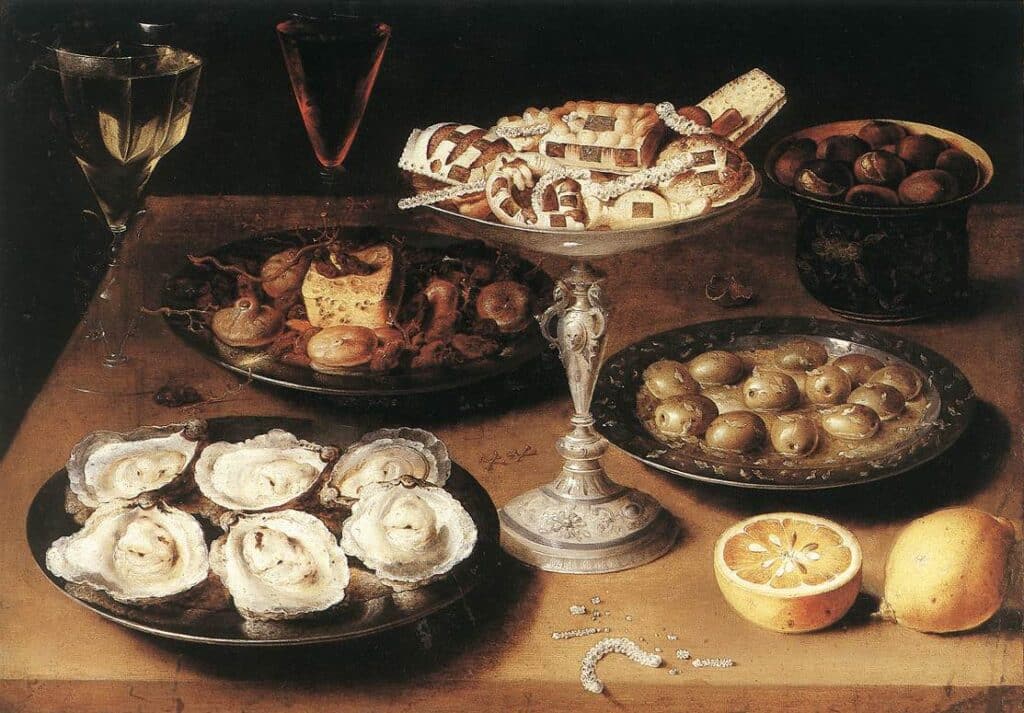Nsalata di Aranciu (Orange Salad)
It’s hard to believe that this simple Italian salad has such a unique flavor from common ingredients. You have to taste it to believe it! I grew up eating this with crusty, homemade Italian bread still piping hot from the oven. My mother served it around Christmas and into January. Ingredients 3 oranges Sprigs […]
Nsalata di Aranciu (Orange Salad) Read More »




